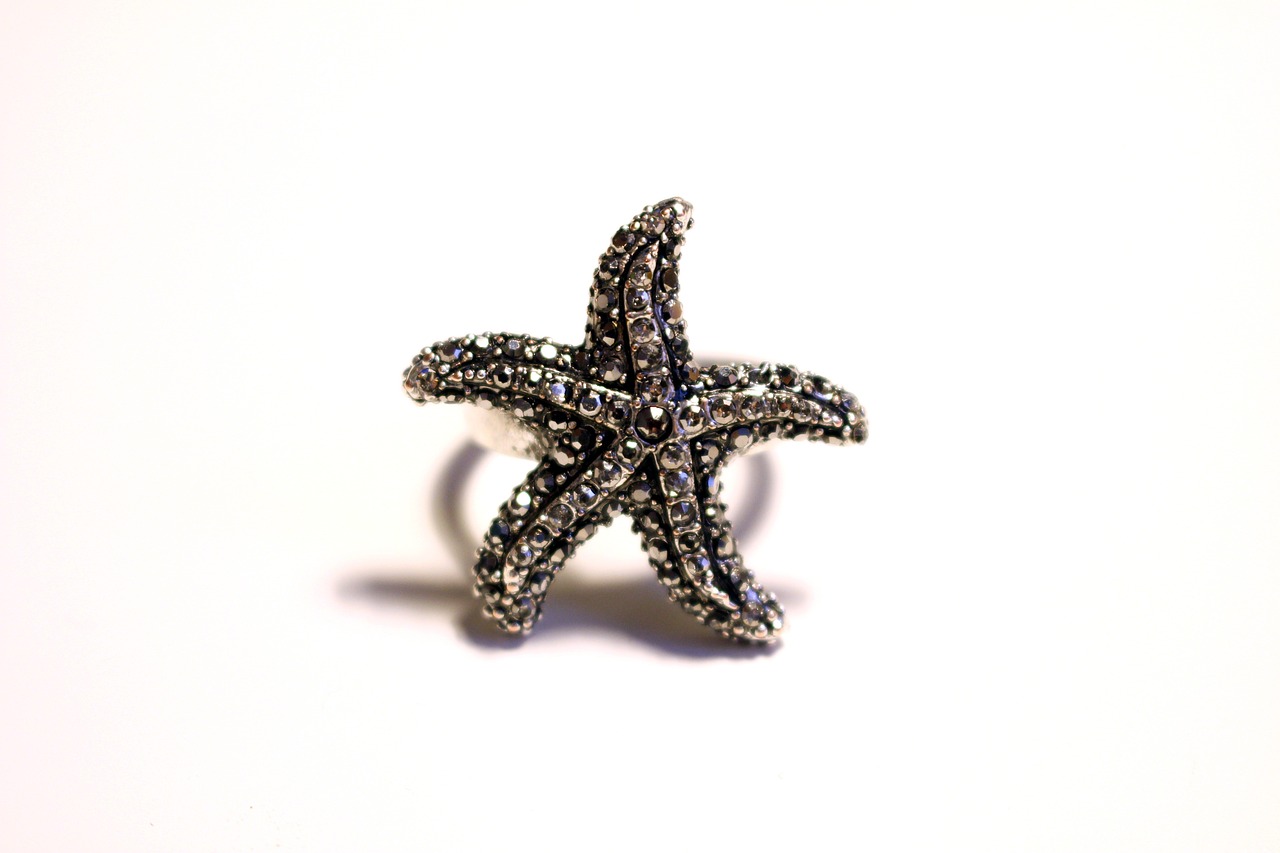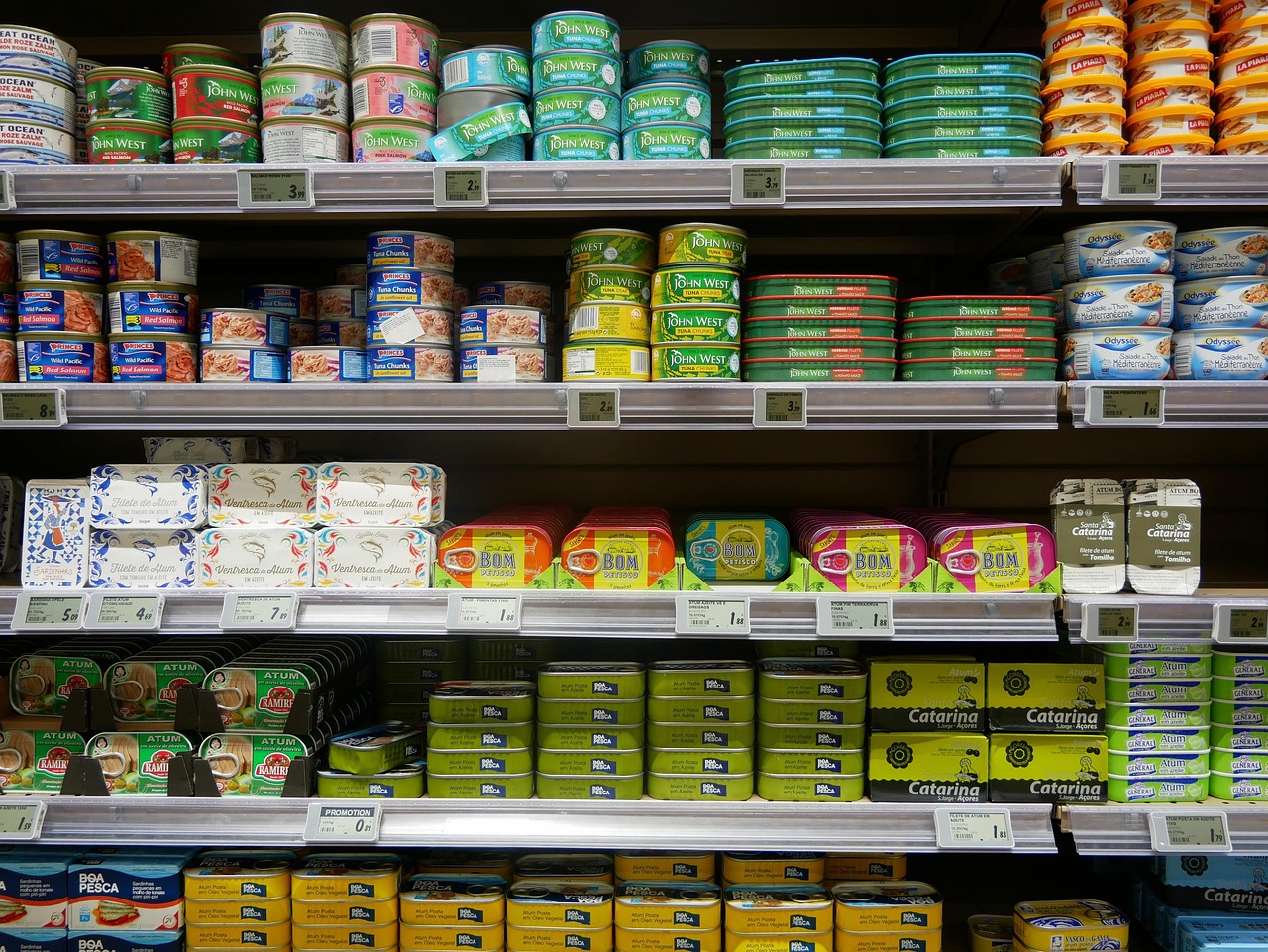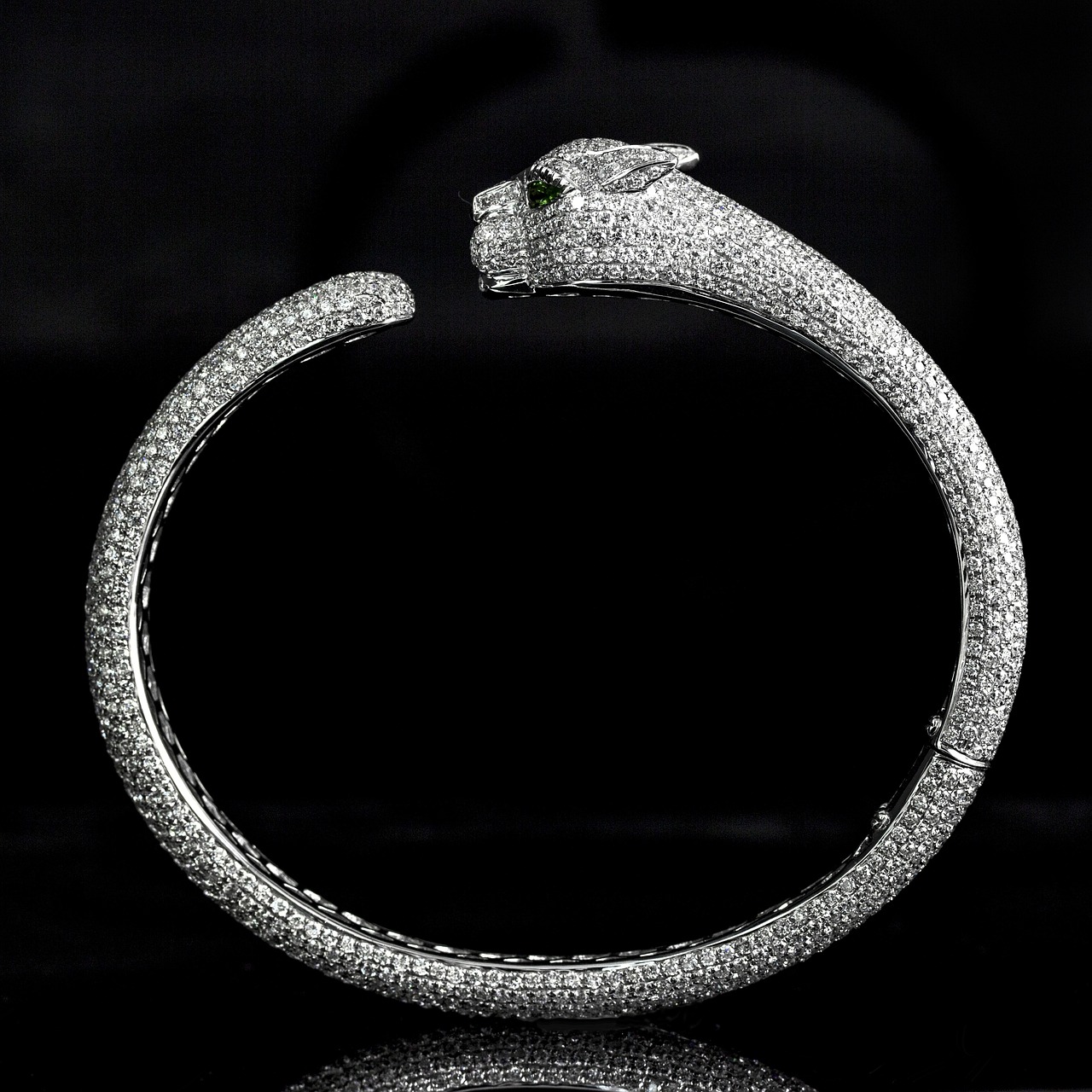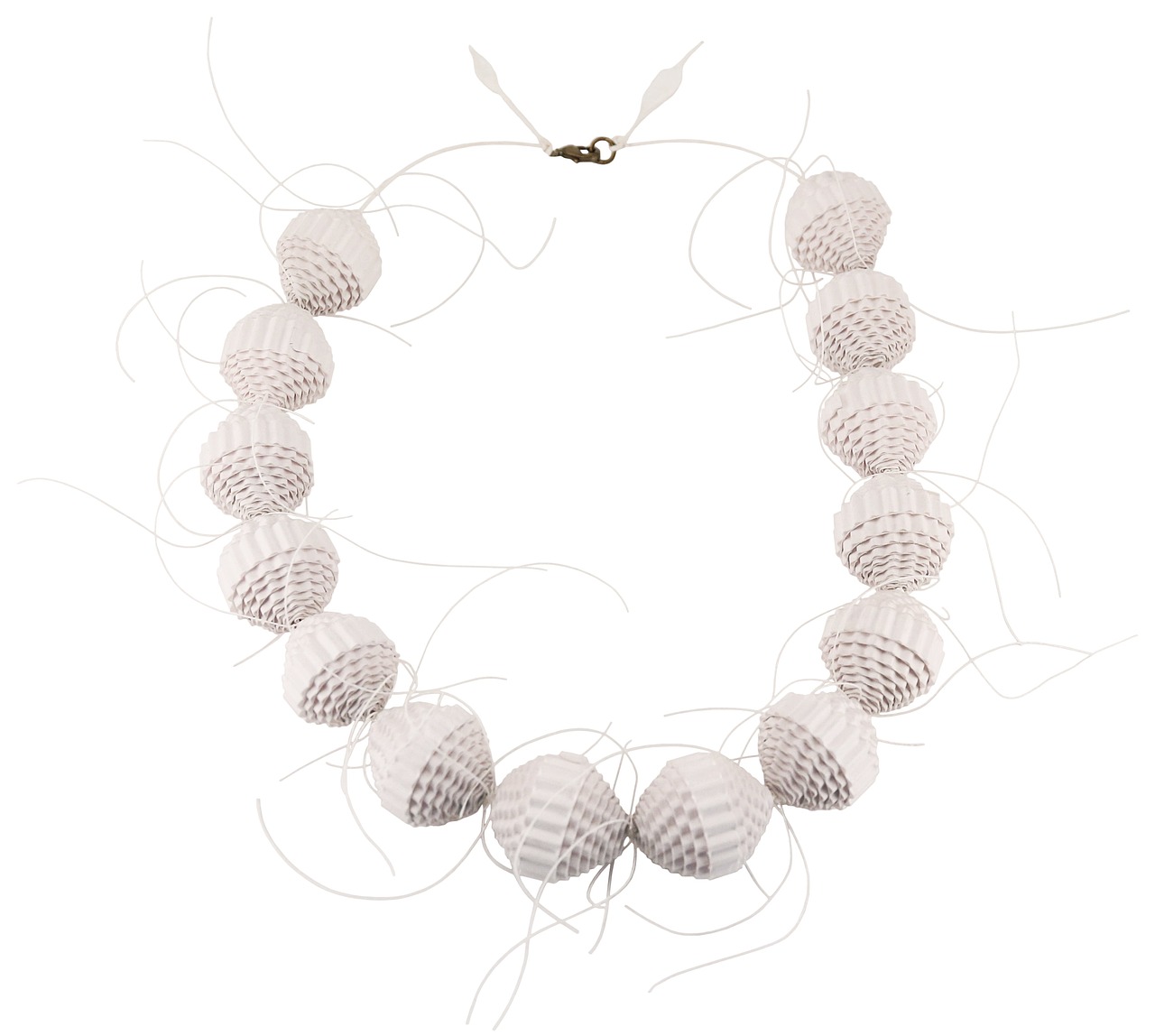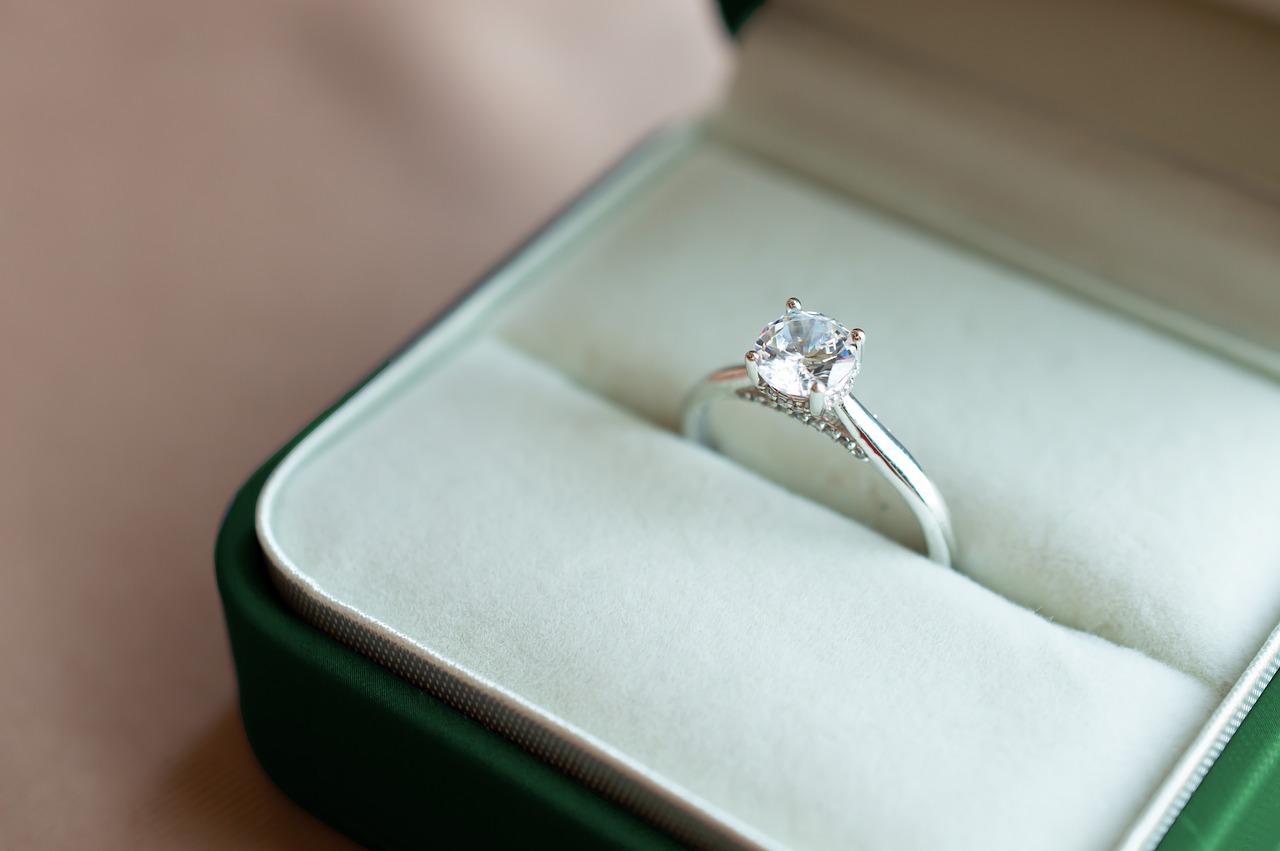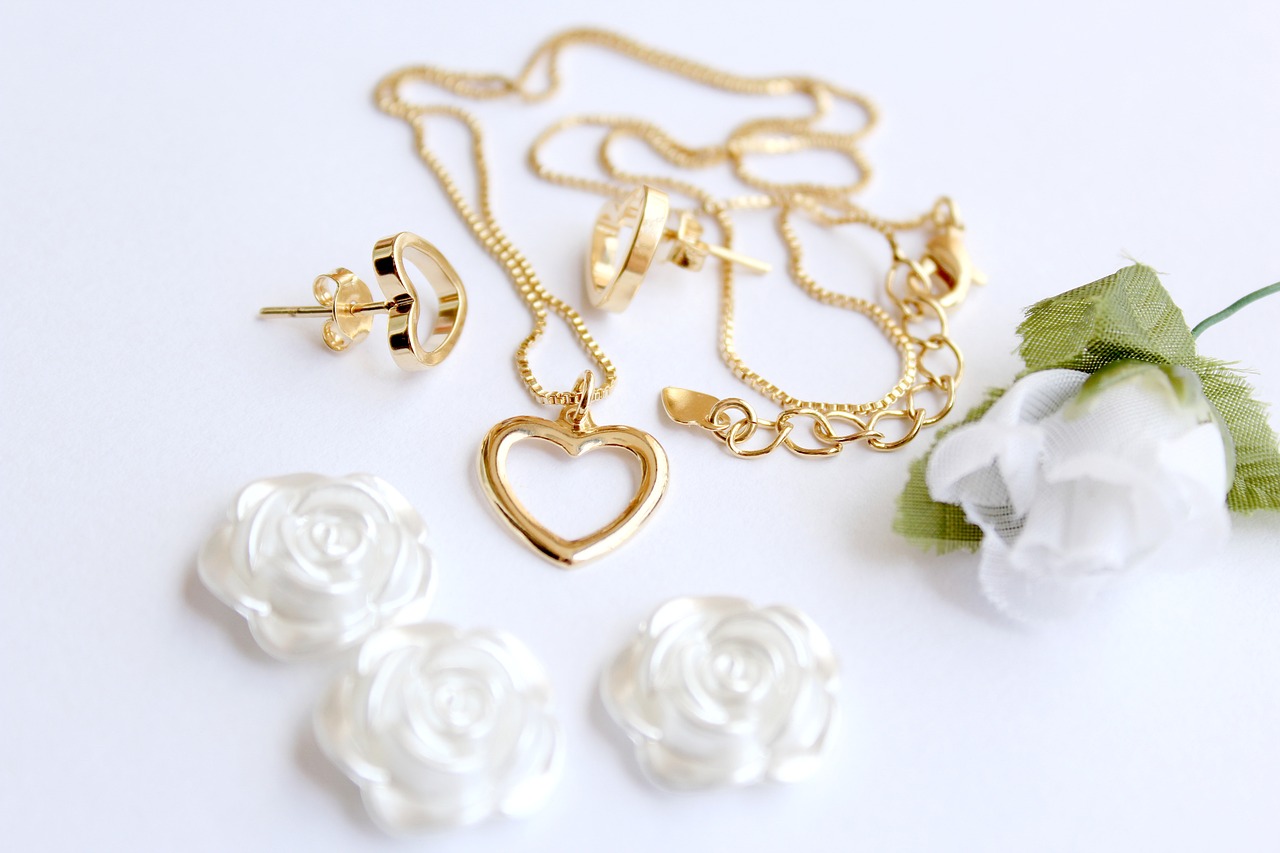This article delves into the investment potential of silver and gold, comparing their historical performance, market trends, and unique characteristics to assist investors in making informed decisions.
Understanding the fundamental differences between silver and gold is essential for any investor. While both are precious metals, they possess distinct properties and uses. For instance, silver is widely used in industrial applications, such as electronics and solar panels, whereas gold is primarily viewed as a store of value and a hedge against inflation. This duality influences their market behavior significantly.
Both metals are often regarded as safe-haven assets. Historically, during economic crises, investors flock to silver and gold to preserve their wealth. However, their performance can differ; gold typically maintains its value more consistently, while silver can experience greater price volatility. Understanding these trends can help investors tailor their portfolios to withstand economic fluctuations.
Examining historical price trends provides insight into the volatility and long-term value of these metals. Over the last few decades, gold has seen a significant increase in value, particularly during times of economic uncertainty. In contrast, silver has experienced more dramatic price swings, influenced by both industrial demand and investment interest. Key factors such as geopolitical tensions and monetary policy changes also play a critical role in shaping their prices.
Silver offers unique benefits for investors. Its affordability makes it accessible to a broader range of investors compared to gold. Additionally, silver has substantial industrial applications, which can drive demand and potentially increase its value over time. Investors looking for growth opportunities may find silver appealing due to its potential for price appreciation.
Gold is often seen as a more stable investment. Its historical significance as a currency and a store of value makes it a preferred choice for many investors. Gold’s liquidity is another advantage, as it can be easily bought and sold in various forms, including coins, bars, and ETFs. Furthermore, gold serves as a hedge against inflation, making it a reliable option for preserving wealth.
Market dynamics play a significant role in pricing. For silver, industrial demand can significantly impact its price, as it is used in various applications. On the other hand, gold prices are more influenced by investment demand and central bank policies. Understanding the factors that drive supply and demand for both metals can help investors make strategic decisions.
Investors have several options for investing in silver and gold. These include:
- Physical Bullion: Coins and bars are tangible assets that can be stored securely.
- Exchange-Traded Funds (ETFs): These funds allow investors to gain exposure to the metals without holding physical assets.
- Mining Stocks: Investing in companies that mine silver and gold can provide leveraged exposure to the metals’ prices.
Every investment carries risks. The potential downsides of investing in silver and gold include market volatility, which can lead to significant price fluctuations. Additionally, there are practical concerns, such as storage and insurance for physical assets. Understanding these risks is crucial for investors to make informed decisions.
Choosing between silver and gold depends on individual financial goals and risk tolerance. Investors should consider their investment horizon, market outlook, and the role they want precious metals to play in their portfolios. By assessing these factors, investors can make informed decisions that align with their financial strategies.
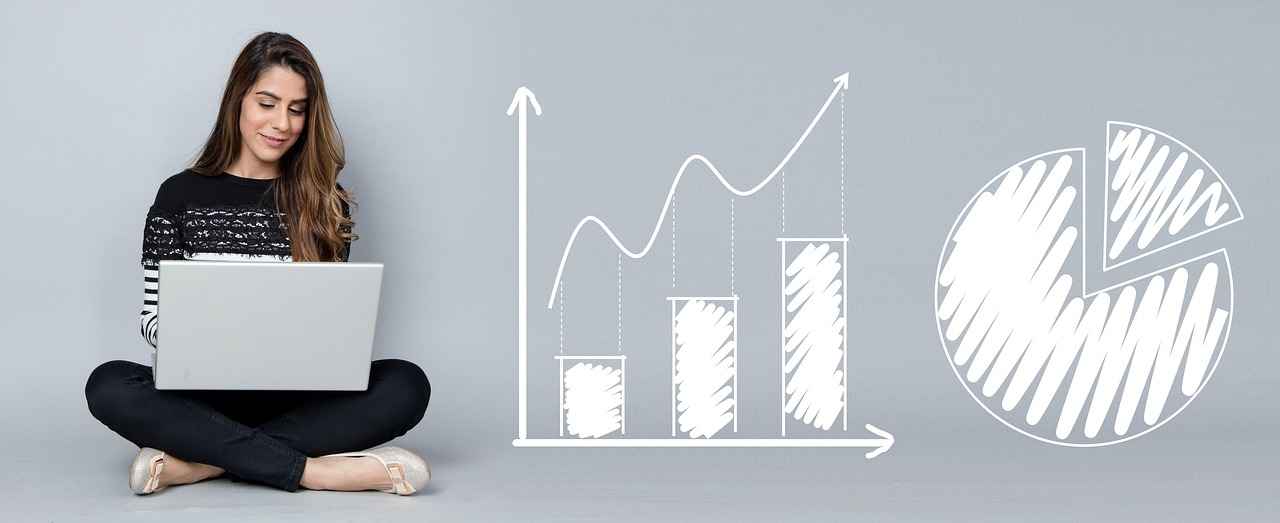
What Are the Key Differences Between Silver and Gold?
When it comes to investing in precious metals, understanding the key differences between silver and gold is essential for making informed decisions. Both metals have unique properties, uses, and market behaviors that can significantly impact their investment potential. This section delves into these differences to help investors navigate the complexities of the market.
- Physical Properties: Silver is known for its high conductivity and is often used in electronics, solar panels, and medical applications. Gold, on the other hand, is prized for its malleability and resistance to tarnish, making it ideal for jewelry and high-end electronics.
- Market Behavior: Historically, gold has been viewed as a safe-haven asset, particularly during economic uncertainty. Silver tends to be more volatile, often reflecting industrial demand and economic conditions.
- Historical Value: Gold has maintained a higher value over centuries, often serving as a standard for currency. Silver, while valuable, typically trades at a lower price point, making it more accessible for smaller investors.
- Investment Demand: Gold is primarily sought after for investment and jewelry, while silver’s demand is significantly influenced by industrial uses, which can lead to greater price fluctuations.
The investment landscape for both metals is also shaped by their supply and demand dynamics. Gold is primarily sourced from mining, with a significant amount being recycled, while silver has a more complex supply chain that includes mining, industrial production, and recycling. This difference can lead to varying price trends and investment opportunities.
In terms of liquidity, gold is often considered more liquid than silver due to its universal acceptance and higher trading volumes. This aspect can be a critical factor for investors looking for quick access to cash.
Furthermore, the perceived value of gold often leads to its use as a hedge against inflation and currency fluctuations. Investors may turn to gold during times of economic distress, while silver can be seen as a more speculative investment due to its dual role as both a precious metal and an industrial commodity.
Ultimately, the choice between silver and gold will depend on an investor’s individual financial goals, risk tolerance, and market outlook. Understanding these fundamental differences is crucial for anyone looking to diversify their portfolio with precious metals.

How Do Silver and Gold Perform in Economic Downturns?
When it comes to investing, understanding how assets perform during economic downturns is crucial. Silver and gold have long been regarded as safe-haven assets, providing a hedge against inflation and market volatility. This section delves into their historical performance during economic crises and their role in portfolio diversification.
Throughout history, both metals have demonstrated resilience during times of financial uncertainty. For instance, during the 2008 financial crisis, the prices of both silver and gold surged as investors flocked to these tangible assets. Gold, in particular, reached an all-time high of over $1,900 per ounce in 2011, reflecting its status as a reliable store of value. Silver also experienced significant gains, although its price movements were more volatile due to its dual role as both an investment and an industrial metal.
One of the key reasons investors turn to silver and gold during economic downturns is their intrinsic value. Unlike paper currency, which can be devalued by inflation or government policies, these metals have been valued for centuries. This historical significance provides a sense of security for investors, especially in uncertain times.
Moreover, silver and gold often exhibit a negative correlation with stock markets. When stock prices decline, the demand for safe-haven assets typically increases, driving up their prices. This inverse relationship makes them valuable tools for portfolio diversification. By including these metals in an investment portfolio, investors can mitigate risks and potentially enhance returns during market downturns.
In addition to their performance during crises, the industrial demand for silver plays a unique role in its price dynamics. While gold is primarily viewed as a monetary asset, silver has numerous industrial applications, including electronics, solar panels, and medical devices. This dual demand can lead to price fluctuations based on economic conditions. For example, during economic recoveries, industrial demand for silver can increase, potentially boosting its price even as gold remains stable.
Furthermore, both metals are influenced by geopolitical events. Tensions and uncertainties—such as trade wars, political instability, or global pandemics—often lead to increased buying pressure on silver and gold. Investors tend to seek refuge in these metals, further solidifying their status as safe-haven assets.
However, it’s essential to recognize that while both silver and gold can act as a buffer during economic turmoil, they are not without risks. Market volatility can lead to significant price swings, and factors such as changes in interest rates or shifts in investor sentiment can impact their performance. Therefore, investors should consider their risk tolerance and investment horizon when incorporating these metals into their portfolios.
In summary, both silver and gold have historically performed well during economic downturns, serving as reliable safe-haven assets. Their intrinsic value, negative correlation with stock markets, and unique demand dynamics make them essential components of a diversified investment strategy. By understanding their roles in economic crises, investors can make more informed decisions that align with their financial goals.

What Are the Historical Prices of Silver and Gold?
When it comes to investing in precious metals, understanding their historical prices is essential for making informed decisions. Silver and gold have been valued for centuries, and their price trends reflect not only their intrinsic worth but also broader economic conditions. This section delves into the historical price movements of these metals, examining the factors that have influenced their value over time.
The price of gold has historically shown a strong correlation with economic uncertainty and inflation. For instance, during the 2008 financial crisis, gold prices surged as investors sought safe-haven assets. In contrast, silver often experiences more volatility due to its dual role as both an investment and an industrial metal. In periods of economic expansion, silver prices can rise significantly due to increased demand from industries such as electronics and solar energy.
| Year | Gold Price (USD/oz) | Silver Price (USD/oz) |
|---|---|---|
| 2010 | 1,224 | 20.19 |
| 2015 | 1,060 | 13.84 |
| 2020 | 1,895 | 26.89 |
| 2023 | 1,950 | 24.50 |
Several factors influence the prices of these metals, including global economic conditions, central bank policies, and geopolitical tensions. For example, when central banks adopt expansionary monetary policies, it often leads to increased gold prices as investors look for a hedge against currency devaluation. Similarly, silver’s price can be affected by technological advancements and shifts in industrial demand.
- Supply and Demand: The basic economic principle of supply and demand plays a crucial role in determining prices. A surge in demand for silver in the tech industry can drive prices up, while an oversupply can lead to declines.
- Market Sentiment: Investor sentiment, often influenced by news and economic indicators, can cause significant price fluctuations in both metals.
- Inflation Rates: Gold is traditionally viewed as a hedge against inflation; thus, rising inflation rates often correlate with increasing gold prices.
In summary, historical price trends of silver and gold offer valuable insights into their long-term value and volatility. Understanding these trends, along with the various factors that influence them, can help investors make more informed decisions when considering these precious metals for their portfolios. By keeping an eye on economic indicators and market dynamics, investors can better navigate the complexities of the precious metals market.

What Are the Advantages of Investing in Silver?
Investing in silver presents a variety of unique advantages that can appeal to both novice and seasoned investors. In this section, we will explore the key benefits of silver, including its affordability, diverse industrial applications, and significant growth potential compared to gold.
One of the most appealing aspects of silver is its affordability. Unlike gold, which often commands high prices, silver is accessible to a wider range of investors. The lower price point allows individuals to invest in larger quantities, which can be beneficial for those looking to diversify their portfolios without breaking the bank. For instance, while a single ounce of gold might cost over $1,800, silver may only be priced around $25 per ounce, making it a more attractive entry point for many.
Silver is not just a precious metal for investment; it also has numerous industrial applications. It is widely used in electronics, solar panels, medical devices, and photography, among other sectors. This industrial demand contributes to its value and can provide a buffer against market fluctuations. As technology advances, the need for silver in various applications is expected to grow, further enhancing its investment appeal.
While gold is often viewed as a stable investment, silver has shown considerable growth potential over time. Historically, silver prices have been more volatile than gold, which can lead to significant price increases during bullish market conditions. Investors who enter the market at the right time can benefit from substantial returns. Additionally, the gold-to-silver ratio—a measure of the relative value of gold to silver—can indicate when silver is undervalued compared to gold, presenting opportunities for savvy investors.
Investing in silver can also enhance portfolio diversification. Including silver alongside other assets can reduce overall risk, as its price movements often differ from stocks and bonds. During times of economic uncertainty, silver can act as a hedge against inflation and currency fluctuations, providing stability in a diversified investment strategy.
Depending on the jurisdiction, investing in silver may offer certain tax advantages compared to other forms of investment. For example, in some regions, silver bullion may be taxed at a lower rate than collectibles, making it a more tax-efficient investment option. Understanding local tax laws can enhance the overall profitability of investing in silver.
For those interested in investing in silver, there are several avenues to explore. Investors can purchase physical silver in the form of coins or bars, invest in silver exchange-traded funds (ETFs), or consider silver mining stocks. Each option has its own set of risks and benefits, so it’s essential to conduct thorough research and consider personal investment goals.
In summary, silver presents a plethora of advantages for investors looking to enhance their portfolios. Its affordability, industrial applications, growth potential, and ability to diversify risk make it a compelling choice. As with any investment, understanding the market dynamics and staying informed about trends can help investors make the most of their silver investments.
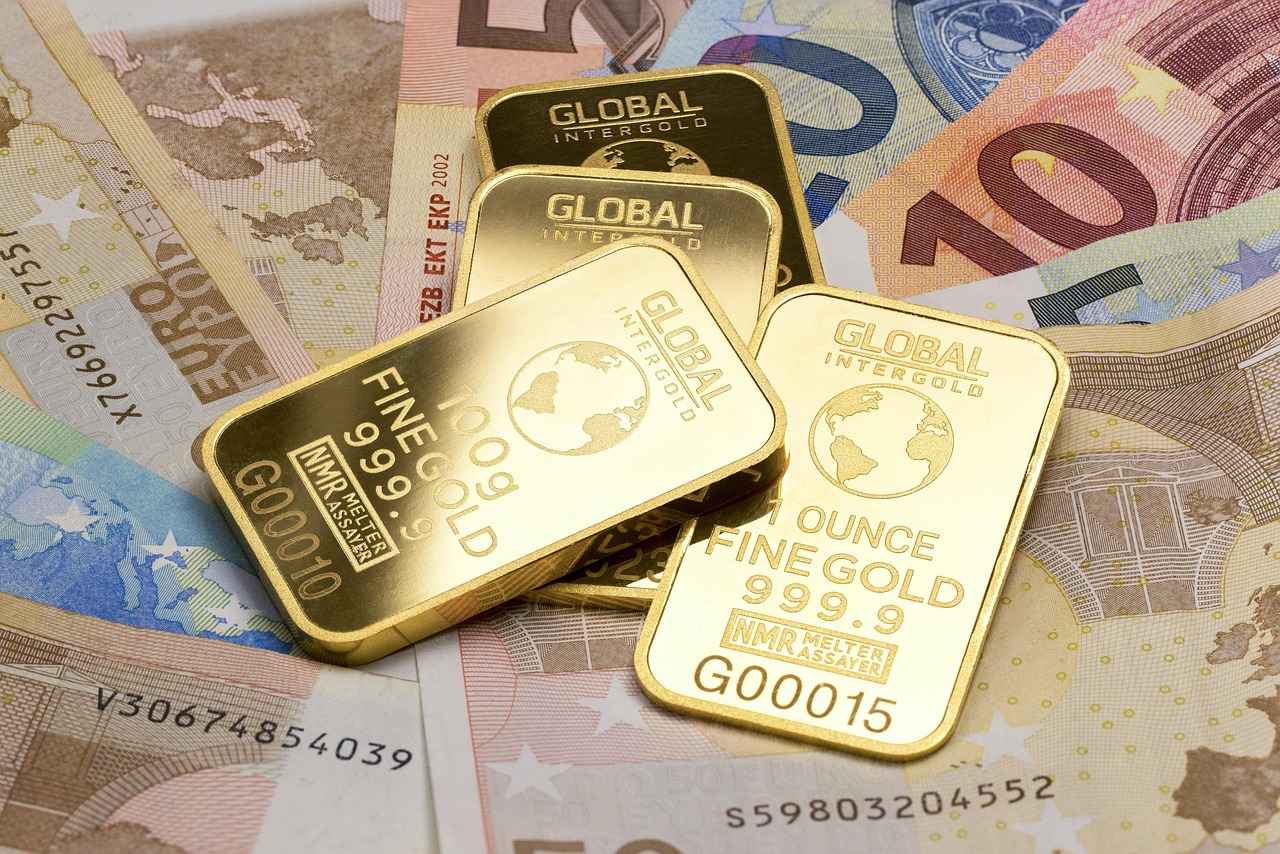
What Are the Advantages of Investing in Gold?
Gold has long captivated investors with its allure and perceived stability. This precious metal is often regarded as a safe haven during times of economic uncertainty. In this section, we will delve into the various advantages of investing in gold, highlighting its historical significance, liquidity, and its crucial role as a hedge against inflation.
Historically, gold has maintained its value over centuries, making it a reliable store of wealth. Unlike fiat currencies, which can be printed at will, gold’s supply is limited, which helps preserve its value over time. This scarcity is one reason why many investors turn to gold during economic downturns or periods of high inflation.
Gold has been used as currency and a symbol of wealth for thousands of years. Ancient civilizations, such as the Egyptians and Romans, valued gold for its beauty and rarity. Today, gold continues to be a vital part of central banks’ reserves around the world, reinforcing its role as a cornerstone of the global financial system.
One of the significant advantages of investing in gold is its liquidity. Gold can be easily bought and sold in various forms, including coins, bars, and jewelry. This flexibility allows investors to quickly convert their gold holdings into cash when needed. Moreover, gold markets operate globally, providing ample opportunities for transactions at any time.
Inflation erodes the purchasing power of money, making it essential for investors to seek assets that can retain value. Gold has historically acted as a hedge against inflation, as its price tends to rise when the cost of living increases. This characteristic makes gold an attractive option for individuals looking to protect their wealth from the effects of inflation.
Incorporating gold into an investment portfolio can enhance diversification. Gold often moves independently of stocks and bonds, which can help mitigate risks during market fluctuations. By adding gold to a portfolio, investors can reduce overall volatility and improve potential returns over the long term.
While gold is primarily viewed as an investment, it also has practical applications in various industries, including electronics and dentistry. The growing demand for gold in these sectors can support its price and provide additional stability to investors. Furthermore, the cultural significance of gold in many societies ensures a consistent demand, further reinforcing its value.
In summary, investing in gold offers numerous advantages, including its historical significance, liquidity, and role as a hedge against inflation. As a stable asset, gold can provide investors with a sense of security and peace of mind, particularly during uncertain economic times. By understanding the benefits of gold, investors can make informed decisions that align with their financial goals.

How Do Supply and Demand Affect Silver and Gold Prices?
Understanding how supply and demand affect silver and gold prices is crucial for investors looking to navigate the complexities of these precious metals. The interplay between these two forces not only determines the market price but also influences investment strategies and market stability. This section will explore the various factors that drive supply and demand for both metals, highlighting their significance in the global economy.
What Influences the Supply of Silver and Gold?
- Mining Production: The primary source of silver and gold comes from mining operations around the world. Factors such as geological conditions, labor costs, and technological advancements can significantly impact production levels.
- Recycling: A substantial amount of silver and gold is reclaimed through recycling, which can affect overall supply. For instance, fluctuations in industrial demand for silver can lead to increased recycling rates.
- Geopolitical Factors: Political stability in mining regions can influence supply. Countries rich in these resources may face disruptions due to political unrest, impacting global availability.
What Drives Demand for Silver and Gold?
- Industrial Usage: Silver has significant industrial applications, particularly in electronics and solar panels. This demand can create upward pressure on prices, especially during periods of technological advancement.
- Investment Demand: Both silver and gold are considered safe-haven assets. During economic uncertainty, investors often turn to these metals, driving demand. Gold, in particular, is seen as a hedge against inflation and currency fluctuations.
- Cultural and Historical Significance: Gold has long been associated with wealth and status, influencing its demand in jewelry and cultural artifacts. Silver also holds cultural importance, but to a lesser extent.
Market Dynamics and Pricing Trends
The dynamics of supply and demand are constantly shifting, influenced by both macroeconomic trends and micro-level events. For instance, during economic downturns, the demand for gold typically rises as investors seek stability. Conversely, in times of economic growth, industrial demand for silver may increase, affecting its price independently of gold.
Moreover, the relationship between silver and gold prices is often correlated but can diverge based on market sentiment and economic conditions. For example, during a financial crisis, gold prices may surge while silver lags behind, only to catch up when industrial demand rebounds.
How Do External Factors Impact Supply and Demand?
- Interest Rates: Low interest rates can increase demand for gold as an investment, while higher rates may lead to decreased interest in both metals.
- Currency Strength: A strong U.S. dollar can negatively impact gold prices, as it becomes more expensive for foreign investors. Conversely, a weak dollar often boosts demand for gold and silver.
- Global Economic Conditions: Economic indicators such as GDP growth, unemployment rates, and inflation can all influence investor sentiment and, consequently, the supply and demand dynamics of these metals.
In summary, the intricate relationship between supply and demand is pivotal in determining the prices of silver and gold. By understanding these factors, investors can better position themselves in the market, making informed decisions based on current and projected trends.

What Investment Vehicles Are Available for Silver and Gold?
Investors looking to diversify their portfolios often consider precious metals, particularly silver and gold. These metals have been valued for centuries, not just for their beauty but also for their potential as investment vehicles. In this section, we will explore the various investment options available for silver and gold, helping investors make informed decisions tailored to their financial goals.
- Physical Bullion: One of the most traditional forms of investment, physical bullion includes coins, bars, and rounds made from silver or gold. Investors appreciate the tangible nature of bullion, which can be stored at home or in a safe deposit box. However, purchasing physical bullion often involves premiums over spot prices and storage costs.
- Exchange-Traded Funds (ETFs): For those who prefer a more liquid investment, ETFs that track the price of silver and gold provide an excellent alternative. These funds allow investors to gain exposure to the metals without the need for physical storage. Popular ETFs include the SPDR Gold Shares (GLD) and the iShares Silver Trust (SLV), which are designed to mirror the performance of their respective metals.
- Mining Stocks: Investing in mining companies can be another way to gain exposure to silver and gold. Mining stocks may offer higher potential returns compared to physical metals, especially during bull markets. However, they come with additional risks, such as operational challenges and fluctuating production costs. Investors should carefully analyze the financial health and mining operations of these companies before investing.
- Mutual Funds: Precious metal mutual funds invest in a diversified portfolio of mining stocks and sometimes physical bullion. This option can provide investors with professional management and diversification in their investments, reducing the risks associated with individual stock ownership.
- Futures and Options: For more experienced investors, trading futures and options contracts on silver and gold can offer significant profit potential. These derivatives allow investors to speculate on price movements without owning the actual metals. However, they also carry a high level of risk and are not suitable for all investors.
The choice of investment vehicle often depends on an individual’s financial goals, risk tolerance, and investment horizon. For example, those seeking long-term security might prefer physical bullion or ETFs, while more aggressive investors might explore mining stocks or derivatives for potentially higher returns.
Moreover, market conditions can influence the attractiveness of various investment options. During periods of economic uncertainty, physical bullion may see increased demand as a safe haven, while ETFs and mining stocks might perform well in a recovering economy.
Investors should consider several factors when selecting their investment vehicle:
- Liquidity: How easily can the investment be converted to cash?
- Storage and Insurance: For physical bullion, what are the costs associated with storage and insurance?
- Fees: What are the management fees associated with ETFs and mutual funds?
- Market Conditions: How do current economic conditions affect the chosen investment vehicle?
In summary, understanding the various investment vehicles available for silver and gold is crucial for making informed investment decisions. By evaluating personal financial goals and the characteristics of each option, investors can effectively navigate the precious metals market.
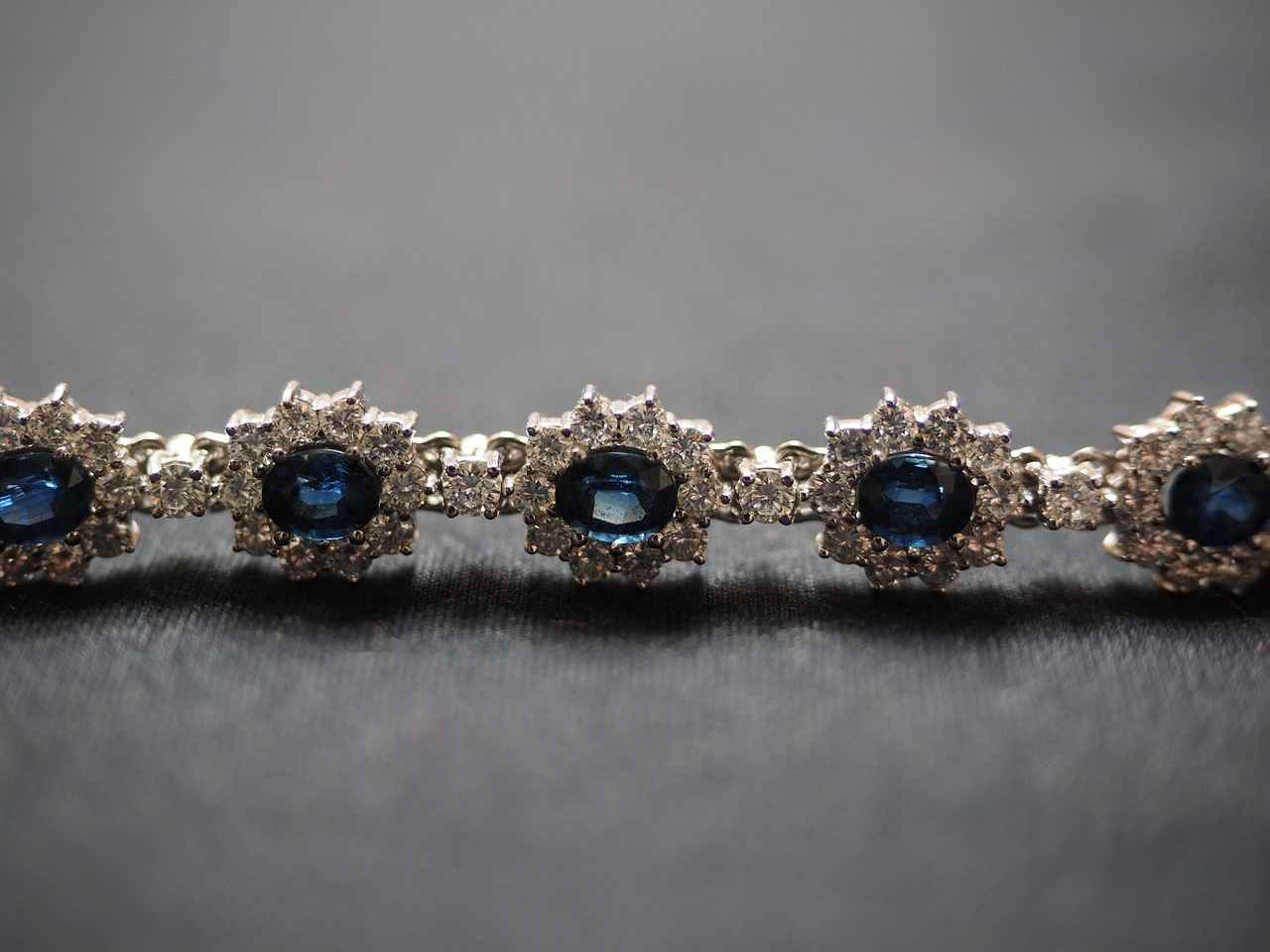
What Are the Risks Associated with Investing in Silver and Gold?
Investing in precious metals like silver and gold can be an attractive option for many investors seeking to diversify their portfolios. However, it is essential to recognize that every investment carries inherent risks. This section delves into the potential downsides of investing in silver and gold, including market volatility and storage concerns.
Investors often perceive silver and gold as safe-haven assets, particularly during economic uncertainty. However, the reality is that both metals come with their own set of risks that can affect an investor’s returns. Below are some of the significant risks associated with investing in these precious metals:
- Market Volatility: The prices of silver and gold can fluctuate significantly due to various factors such as economic data, geopolitical events, and changes in investor sentiment. For instance, during times of market stress, investors may rush to buy gold, driving its price up, while silver may not experience the same level of demand, leading to a disparity in price movements.
- Storage and Security Concerns: Physical ownership of silver and gold requires secure storage solutions to prevent theft or damage. This can involve additional costs for safety deposit boxes or home safes. Moreover, if an investor chooses to invest in physical bullion, they must also consider the logistics of transporting and insuring their assets.
- Market Liquidity: While gold generally enjoys higher liquidity compared to silver, there can still be challenges when trying to sell these metals quickly. In times of economic distress, finding buyers may become more difficult, potentially forcing investors to sell at lower prices.
- Regulatory Risks: Changes in government regulations or tax policies can impact the desirability and value of silver and gold investments. For example, new taxes on precious metals sales or changes in import/export tariffs can affect market dynamics.
- Opportunity Costs: Investing in silver and gold means allocating capital that could otherwise be invested in other assets, such as stocks or real estate, which may offer higher returns. This opportunity cost is an essential consideration for investors weighing their options.
In addition to these risks, investors should also be aware of market sentiment and how it can influence the performance of silver and gold. For example, during economic booms, investors may favor equities over precious metals, leading to price declines in silver and gold.
Ultimately, understanding these risks is crucial for making informed investment decisions. Investors should conduct thorough research and consider their financial goals, risk tolerance, and market conditions before diving into the world of silver and gold investments. By being aware of the potential downsides, investors can better navigate the complexities of these precious metals and protect their investments.

How Can Investors Decide Between Silver and Gold?
When it comes to investing in precious metals, silver and gold are often the top contenders. Each metal offers unique advantages and challenges, making the decision process crucial for investors. Understanding how to choose between these two commodities hinges on individual financial goals, risk tolerance, and market conditions.
What Factors Should You Consider?
- Investment Goals: Determine what you want to achieve with your investment. Are you seeking long-term stability or short-term gains? Gold is often viewed as a safe haven during economic uncertainty, while silver can offer higher volatility and potential for growth.
- Market Trends: Analyze current market conditions. Gold typically performs well during economic downturns, while silver can be influenced by industrial demand, making it more reactive to economic changes.
- Affordability: Consider your budget. Silver is generally more affordable than gold, allowing investors to purchase larger quantities, which can be appealing for those starting out.
What Are Your Risk Tolerances?
Investing in precious metals comes with its own set of risks. Gold tends to be less volatile, providing a sense of security, while silver prices can fluctuate more dramatically due to its dual role as both an investment and an industrial metal. Assessing your risk tolerance will help in making a more informed decision.
How Do You Plan to Invest?
Deciding on the method of investment is equally important. Options include:
- Physical Bullion: Buying coins or bars of silver and gold can provide tangible assets.
- Exchange-Traded Funds (ETFs): These funds track the price of the metals without the need for physical storage.
- Mining Stocks: Investing in companies that mine these metals can offer exposure to their price movements with the potential for higher returns.
What Is Your Time Horizon?
Consider how long you plan to hold your investment. Gold is often recommended for those with a long-term perspective, while silver may appeal to investors looking for quicker returns. Understanding your time frame can significantly influence your choice.
How Do You Stay Informed?
Keeping up with market trends, economic indicators, and expert analyses is vital. Subscribing to financial news outlets or following market analysts can provide insights that aid in your decision-making process.
Ultimately, the choice between silver and gold should align with your financial objectives, risk appetite, and investment strategy. By considering these factors, you can make a more informed decision that suits your personal circumstances and goals.
Frequently Asked Questions
- What is the main difference between silver and gold as investments?
Silver is generally more affordable and has significant industrial applications, while gold is often viewed as a more stable investment and a hedge against inflation. The choice between them depends on your investment goals and risk tolerance.
- How do silver and gold perform during economic downturns?
Both metals are considered safe-haven assets. Historically, they tend to retain their value or even appreciate during economic crises, providing a cushion against market volatility.
- What are the historical price trends for silver and gold?
Gold has shown more stability over the long term, while silver prices can be more volatile. Understanding these trends can help you make informed decisions about when to invest.
- What are the advantages of investing in silver?
Silver is more affordable, making it accessible for smaller investors. Its industrial applications also create potential for growth, especially in sectors like technology and renewable energy.
- What are the advantages of investing in gold?
Gold is known for its historical significance and liquidity. It often serves as a reliable hedge against inflation, making it a popular choice for conservative investors.
- How do supply and demand affect the prices of silver and gold?
Market dynamics play a crucial role. Factors like mining output, industrial demand, and economic conditions can significantly impact the prices of both metals.
- What investment options are available for silver and gold?
Investors can choose from physical bullion, exchange-traded funds (ETFs), and mining stocks. Each option has its own benefits and risks, so consider what aligns best with your investment strategy.
- What risks are associated with investing in silver and gold?
Market volatility is a key risk, as prices can fluctuate widely. Additionally, there are concerns about storage and security for physical assets.
- How can I decide between investing in silver or gold?
Your choice should depend on your financial goals, risk tolerance, and market outlook. Consider diversifying your portfolio to include both metals for balanced exposure.
